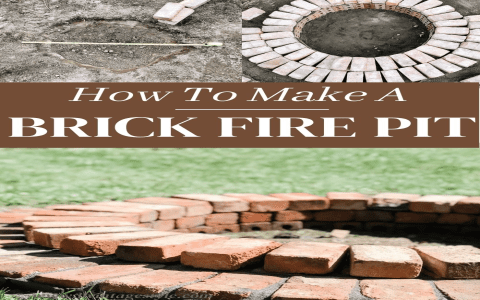Alright, let’s talk about them cement kilns. You know, those big ol’ things they use to make cement. I ain’t no fancy engineer or nothin’, but I’ve seen enough to tell ya a thing or two.
First off, these kilns, they’re like giant ovens, real long and round. They spin and spin, like a pig on a spit, but way bigger. They gotta be tough, ’cause they get hotter than a summer day in July. I heard tell they get up to somethin’ like 2600 degrees Fahrenheit! That’s hot enough to melt your eyeballs right outta your head, I reckon.


Now, what goes inside these kilns? Well, it ain’t nothin’ you’d wanna eat, that’s for sure. It’s called “raw mix,” and it’s a bunch of ground-up rocks and stuff. Limestone, they call it, and some other things. It looks like dust, kinda like the stuff you sweep up off the porch, but don’t you go sweepin’ this stuff up, it ain’t good for ya.
So, they dump this raw mix into one end of the kiln, and that big ol’ thing starts turnin’. As it turns, the mix moves down, gettin’ hotter and hotter. First, it gets hot enough to cook off some of the stuff in the mix, like that carbon dioxide they talk about. That happens at around 1500 to 1650 degrees Fahrenheit, or somethin’ like that. I ain’t got no thermometer, so don’t quote me on that.
- The heat is key! They gotta get it real hot to make that cement stuff.
- The spinning is important too! Keeps everything mixed up and cookin’ evenly.
- It takes a long time! This ain’t no microwave, it takes hours for that stuff to cook.
Then, the mix gets even hotter, and that’s when the magic happens. It turns into somethin’ called “clinker.” Clinker is like little hard balls, and they’re the main ingredient in cement. That clinker part is where they heat it up to 2372 to 2642 degrees Fahrenheit. That’s the real hot part, where everything melts together like butter in a hot pan. This clinker, it’s what they grind up to make the cement powder that holds houses and bridges together. Imagine that, rocks turned into powder that’s stronger than, well, stronger than a lot of things!
Now, these cement kilns, they ain’t cheap. They’re the most expensive part of a cement plant, I hear. And they’re complicated too, with all sorts of gadgets and gizmos to keep ’em running right. Folks gotta know what they’re doin’ to operate one of these things, that’s for sure. It ain’t like bakin’ a pie, where you can just throw things together and hope for the best.
There are different kinds of cement kilns, too. Some are older, and some are newer. The new ones, they got fancy things like “preheaters” and stuff, to make ’em more efficient. They say these new kilns can save a lot of energy, which is a good thing, I guess. Energy ain’t cheap these days, you know.
Why is cement important anyway? Well, it’s what they use to build everything! Houses, roads, bridges, you name it. Without cement, we’d all be livin’ in tents or somethin’, and that wouldn’t be too comfortable, would it? So, even though these cement kilns are big, noisy, and hot, they’re mighty important. They’re the heart of the whole cement-making process, and without them, we wouldn’t have much of nothin’.
And let me tell ya, them fellas who work around these kilns, they’re tough as nails. It’s hot, dusty work, and it ain’t for the faint of heart. But they do it, day in and day out, to make the cement that keeps our world together. So, next time you see a concrete sidewalk or a big tall building, remember them cement kilns and the folks who keep ’em runnin’. They’re the unsung heroes of the construction world, I tell ya.
In the end, it’s all about gettin’ that mix hot enough and long enough to turn it into clinker. Then they grind that clinker into powder, mix it with water and rocks, and you got concrete. Simple as that, right? Well, maybe not so simple, but that’s the gist of it. And it all starts with that big, hot, spinnin’ cement kiln.


Tags: [Cement Kiln, Cement Production, Clinker, Rotary Kiln, Calcining, Cement Manufacturing]



